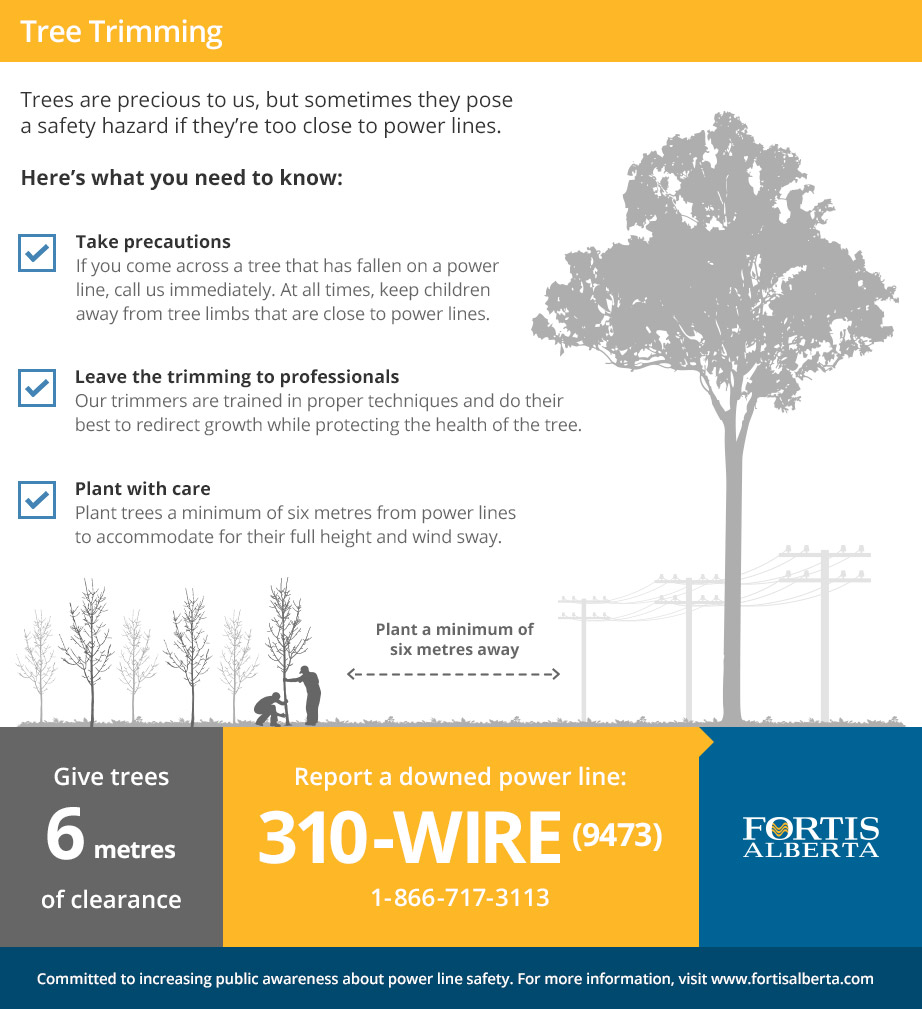Ideas That Suggest Tree Elimination: Just How To Place Hazardous Trees
Ideas That Suggest Tree Elimination: Just How To Place Hazardous Trees
Blog Article
Short Article Composed By-Vogel Emerson
When it comes to tree treatment, recognizing the signs that it's time for removal is essential for your safety and building. You might notice blemished fallen leaves, wilting branches, or odd fungal developments showing health problems. Structural concerns, like a considerable lean or fractures in the trunk, can also present threats. Recognizing these indication can aid you make informed decisions regarding your trees and avoid potential hazards lurking in your backyard. What should you look for following?
Indications of Decay and Condition
When you observe indicators of degeneration and illness in your trees, it's vital to act quickly. Seek blemished leaves, wilting branches, or unusual developments like fungus. These can show that your tree is battling.
If you see splits in the bark or soft, mushy timber, these symptoms recommend internal degeneration. In addition, an abrupt increase in parasites around your tree can indicate that it's compromised and susceptible.
Look for any dead or passing away arm or legs, as they pose a threat to your property and safety and security. If you doubt regarding what you see, seeking advice from an arborist can offer clarity.
Dealing with these indications early can conserve you from a lot more comprehensive damages and ensure the health of your backyard. Don't wait till it's far too late.
Structural Instability and Leaning
As you observe your trees, watch out for any kind of indications of structural instability or leaning. If a tree leans considerably, it may show that the origin system is compromised.
Seek any type of cracks in the trunk or dirt around the base; these can signify possible failure. Furthermore, check for unusual development patterns, like an unbalanced crown, which might suggest that the tree is having a hard time to hold itself upright.
If you observe that the tree leans toward your home, power lines, or various other frameworks, it poses a better risk. https://www.travelandleisure.com/hotels-resorts/sandals-resorts-summer-reopening-cleaning-coronavirus overlook these indicators-- seek advice from an arborist to analyze the scenario.
Taking Tree Pruning Sealer can prevent pricey damages and ensure your security.
Dead or Dying Branches and Foliage
If you observe dead or dying branches and foliage on your tree, it's a clear sign that something's wrong.
These unhealthy locations can suggest underlying concerns like illness, insect infestations, or ecological stress and anxiety. When branches lose their leaves or turn brown, they're no longer contributing to the tree's health. Disregarding these signs can bring about further decline, making your tree more hazardous.
Dead branches can quickly break short throughout tornados, presenting a danger to home and people close by. It's critical to assess the extent of the damage.
If the trouble impacts a significant part of the tree, take into consideration getting in touch with a professional. They can help establish if removal is needed to ensure security and keep the elegance of your landscape.
Final thought
If you observe any type of signs of decay, architectural instability, or dead branches on your trees, do not neglect them. These indicators can present major safety and security dangers to you and your building. It's always best to seek advice from a specialist arborist who can give a professional evaluation of your trees. Doing something about it early can prevent crashes and costly damage, ensuring your landscape continues to be safe and healthy. Remember, it's better to be positive concerning tree care than to wait on a calamity to happen.
